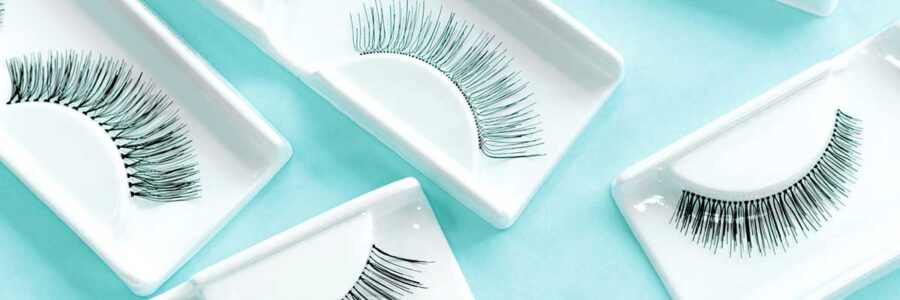Fake eyelashes have become a beauty staple for many, but a hidden cost to your health lies beneath their appeal. At Cell Health News, we believe that beauty trends should never compromise your well-being. Let’s unpack the risks of fake eyelashes and explore natural, non-toxic alternatives to enhance lash health while protecting overall vitality.
Toxins in Disguise
The adhesives used with fake eyelashes often contain harmful chemicals like formaldehyde and phthalates, which are absorbed through the delicate skin around your eyes. These chemicals can disrupt cellular communication, contribute to inflammation, and overburden your detox pathways, increasing your body’s toxic load over time. Additionally, synthetic lashes are made from materials that can irritate the eyes and cause allergic reactions.[1-2]
The Impact on Cellular Health
Your eyes aren’t just windows to your soul but indicators of your overall health. The toxins in fake eyelashes don’t just stop at the surface. They can affect your body at the cellular level, interfering with natural repair processes and increasing oxidative stress. Over time, this can lead to issues like chronic inflammation, hormonal imbalances, and even eye damage.
A Better Way Forward
You don’t need synthetic lashes to achieve a fuller, healthier look. Natural oils like castor oil or black cumin seed oil nourish your lashes from the root. For a comprehensive approach, focus on cellular health by incorporating nutrient-dense foods and targeted supplements to support detoxification, hormone balance, and tissue repair. These strategies work together to promote long-term lash health and vitality.
Empower Your Choices
Making informed decisions about beauty products is more than skin deep—it’s a step toward protecting your cellular health and overall well-being. By choosing non-toxic alternatives, you reduce your exposure to harmful chemicals and give your body the tools to thrive. Healthy, natural lashes aren’t just about what you put on your body—they reflect the care you give it from the inside out.
References:
- Xiong, Michelle, et al. “Formaldehyde Release From Eyelash Glues: Analysis Using the Chromotropic Acid Method.” Dermatitis: Contact, Atopic, Occupational, Drug, vol. 33, no. 6, Dec. 2022, pp. 442–46.
- MASUD, Maliha, et al. “Eyelid Cosmetic Enhancements and Their Associated Ocular Adverse Effects.” Medical Hypothesis, Discovery and Innovation in Ophthalmology, vol. 8, no. 2, 2019, pp. 96–103.
- Method of Applying Organic Virgin Coconut Oil to Eyelashes and Eyebrows – Patent US-2016015625-A1.
- Hannan, Md. Abdul, et al. “Black Cumin (Nigella Sativa L.): A Comprehensive Review on Phytochemistry, Health Benefits, Molecular Pharmacology, and Safety.” Nutrients, vol. 13, no. 6, May 2021, p. 1784.
- Alookaran, Jeffrey, and Jayson Tripp. “Castor Oil.” StatPearls, StatPearls Publishing, 2024.


